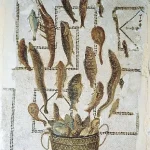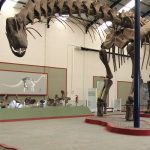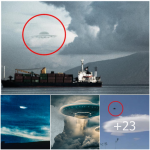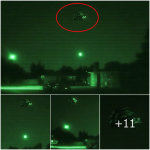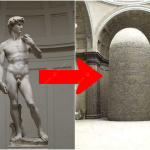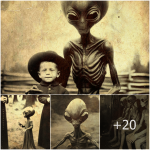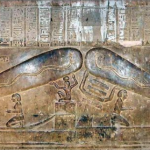Scientists Explore Fossilized Embryos to Discover Secrets in Dinosaur Eggs
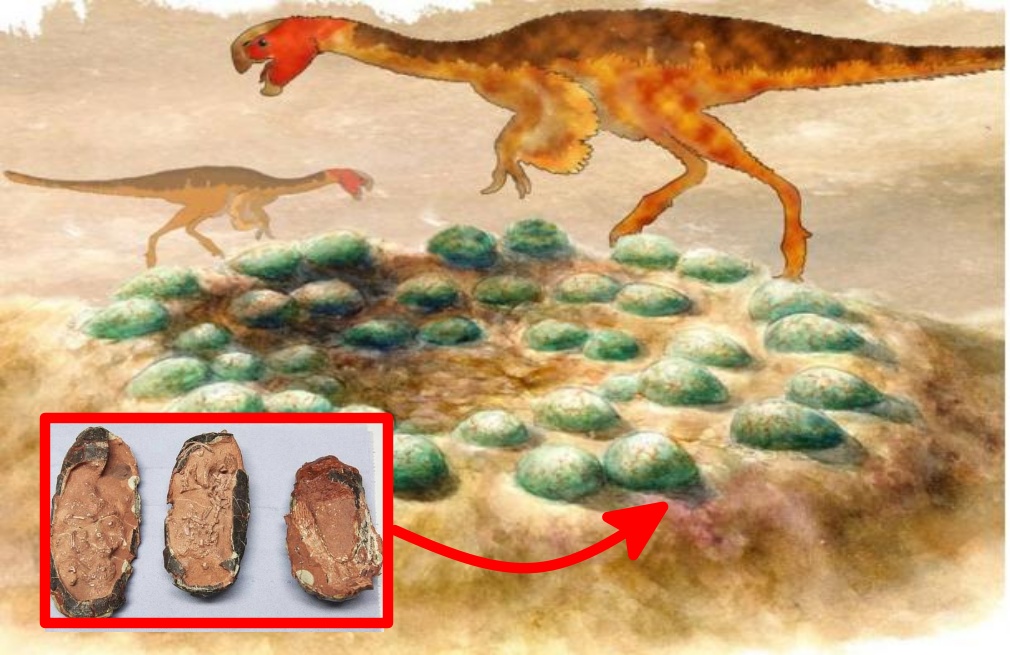
Measuring about the same size as an adult human, oviraptorids, were bird like “maniraptoran dinosaurs”, genetically closer to birds than to ornithomimids, a group which many paleontologists believe birds evolved from in the Jurassic Period about 150 million years ago. Characterized by their toothless beaks and sometimes elaborate crests, they roamed in Central Asia, including Mongolia and China, on two legs, during the Upper Cretaceous Period around 88 million to 66 million years ago.
In terms of their reproductive biology, scientists have always assumed oviraptorids lay somewhere between modern crocodiles and birds but it was always unclear whether their young emerged from eggs at the same time as their siblings, like crocodiles, or if they hatched at different times, like modern-day birds. But now, a team of scientists using neutron scanning technologies have cleared the mists and this assumption has been cemented with hard facts.
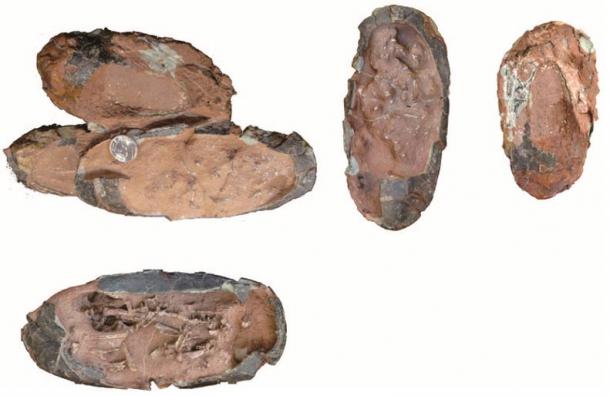
The Quest To Visualize Dinosaurs
Dr Tzu-Ruei Yang, co-author of the new study published in Integrative Organismal Biology, said his team of German researchers fired neutrons at fossilized oviraptorid eggs and analyzed their structure and shell thickness to determine how the creatures developed. The research project focused on three 67-million-year-old fossilized eggs from the Ganzhou Basin in China, which had been laid almost at the same time by a female oviraptorid.
Firstly, paleontologists at the University of Bonn in Germany used an X-ray microcomputer tomograph to create a detailed 3D model of the position of bones inside the eggs but the surrounding rock confused the x-ray results. The dinosaur eggs were then sent to the Technical University of Munich at the Heinz Maier-Leibnitz Zentrum (MLZ) in Garching, Germany, where “high penetrating neutron scans” cut through the encasing rock and produced highly-accurate visualizations of the internal structures of the eggs.

Sorting Out The Ages Of The Eggs
The internal thickness of the eggshells measured “7-inch (18 cm)” and by measuring the lengths of the embryo’s bones within each egg, the team were able to estimate whether the three dinosaurs would have hatched simultaneously, or not. The length and position of the embryo bones told the researchers that one egg must have been laid earlier than the other two and Dr. Yang wrote in the paper that this embryo had comparatively longer bones and was “more developed.”
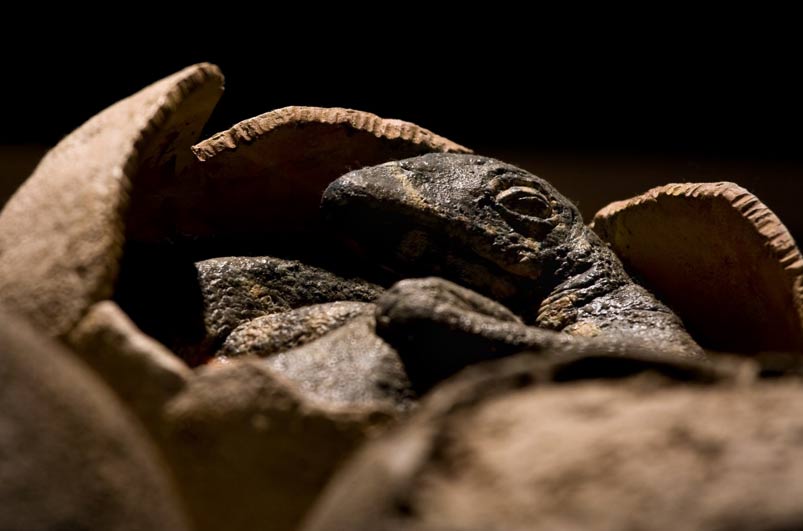
A secondary indication of embryo development is the extent to which bones are connected to one another and a more strongly connected skeleton means more advanced development. And because developing embryos absorb calcium from their shells to strengthen their developing skeletons, the thinner the shell the more advanced the embryo ’s development. Based on these data the embryos of the “pair of eggs” were found to be at different developmental stages.
The two “paired eggs”, according to the researchers, held embryos which were more developed than that of the single egg and this showed that eggs developed and hatched “at different times despite being laid around the same time.” And from this observation the team of scientists concluded that the reproductive biology of oviraptorids was more similar to modern birds, than crocodiles, revealing a much deeper understanding of these ancient creatures who roamed on two legs over 60 million-years-ago.
Scientists Find Massive Footprints, Here’s What Ancient Creatures It Belonged To
Kazakhstan Valley Filled with Giant Balls Has Geologists and Fringe Scientists Butting Heads
Future Archaeologists Will Mainly Discover Rows of Humans
Neutron’s Assisting Investigators
According to Dr. Nikolay Kardjilov’s 2017 book, Neutron Methods for Archaeology and Cultural Heritage, the application of neutron characterization techniques is greatly assisting archaeologists, paleontologists and historians. Due to their weak interactions with materials, neutrons, provide a “penetrating non-invasive probe” which is helping to answer questions related to the dating, the manufacturing process or the state of degradation of artefacts, or dinosaur eggs, that may be otherwise hidden from view.
Last year neutron scanning was applied to a Eilenodontines: a herbivorous Jurassic reptile which according to a paper published on the US National Library of Medicine were one of “the oldest radiation of herbivorous lepidosaurs (snakes, lizards and tuatara) characterized by batteries of wide teeth with thick enamel that bear mammal-like wear facets.” X-ray and neutron computed tomography examined a fossilized tooth from the eilenodontine Eilenodon and revealed the thickness of the enamel, which in turn, opened a lost volume of information about the development and destiny of that dinosaur.
